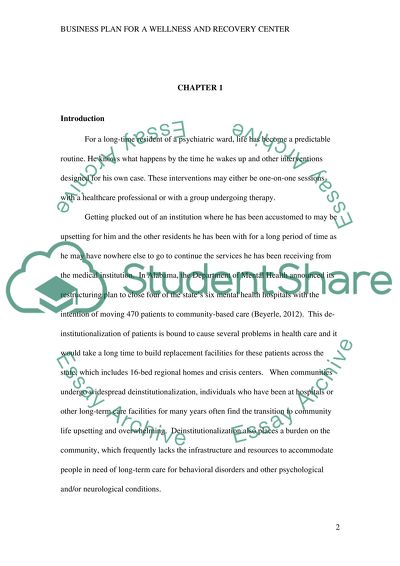Cite this document
(“A Business Plan: Developing a Nurse Practitioner Led Wellness and Dissertation”, n.d.)
Retrieved from https://studentshare.org/nursing/1400260-a-business-plan-developing-a-nurse-practitioner
Retrieved from https://studentshare.org/nursing/1400260-a-business-plan-developing-a-nurse-practitioner
(A Business Plan: Developing a Nurse Practitioner Led Wellness and Dissertation)
https://studentshare.org/nursing/1400260-a-business-plan-developing-a-nurse-practitioner.
https://studentshare.org/nursing/1400260-a-business-plan-developing-a-nurse-practitioner.
“A Business Plan: Developing a Nurse Practitioner Led Wellness and Dissertation”, n.d. https://studentshare.org/nursing/1400260-a-business-plan-developing-a-nurse-practitioner.


